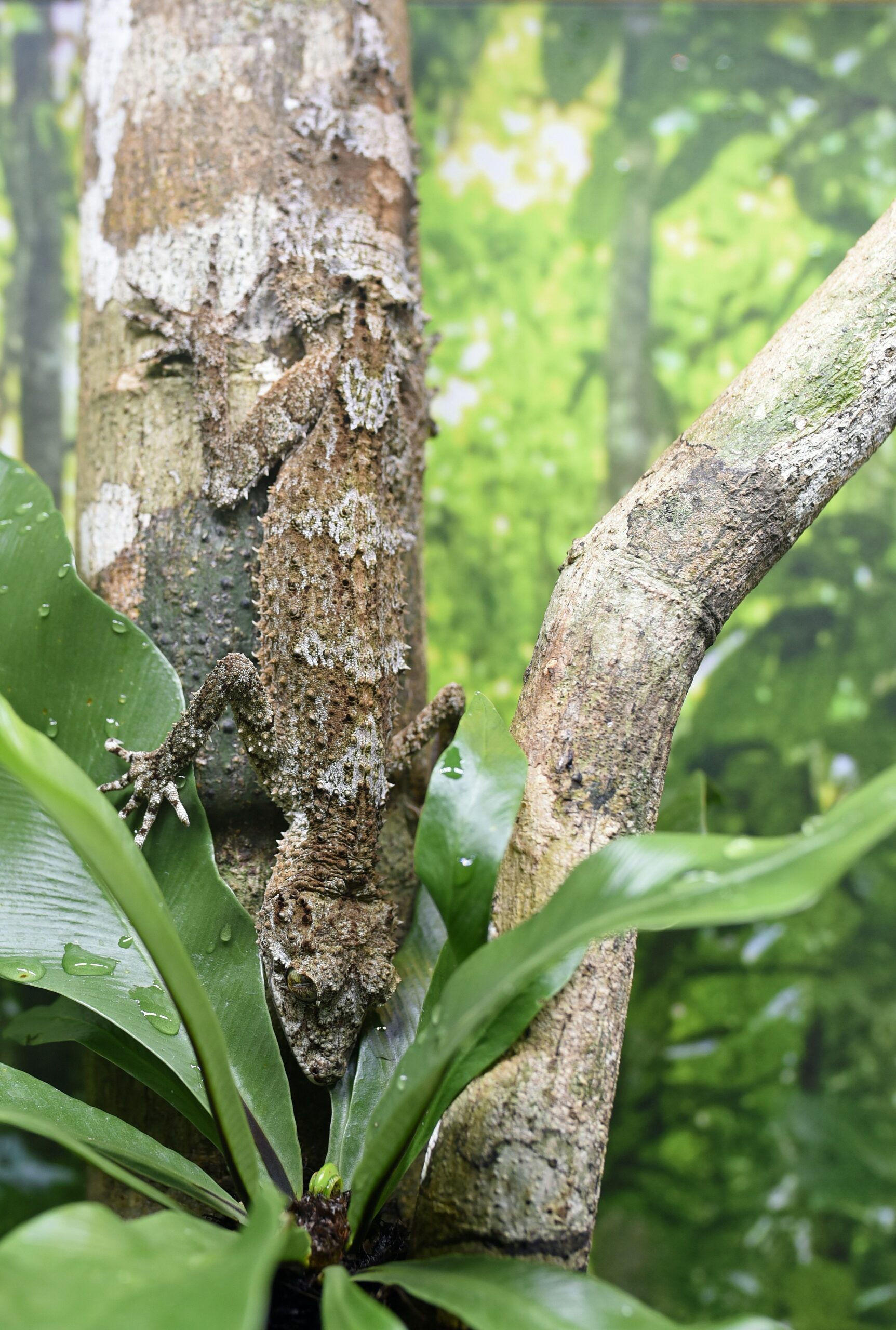Have you ever found yourself crouched in the woods, wondering why every squirrel in the vicinity seems acutely aware of your presence? If you’re nodding along, it sounds like you might be in need of a camouflage upgrade. Whether you’re a seasoned hunter, a passionate wildlife photographer, or just love wandering in nature undetected, the effectiveness of your camouflage gear can make all the difference. So, how can you ensure that you’re blending in perfectly with your surroundings?
Camouflage gear is not just about wearing green and brown patterned clothing. It’s about understanding your environment, the behavior of the wildlife, and using clever tactics to become one with nature. Improving the effectiveness of your camouflage can elevate your outdoor experience, allowing you to become almost invisible to the keen eyes of the animal kingdom. Let’s explore how you can enhance your stealth.
Understanding the Fundamentals of Camouflage
The Science Behind Blending In
Camouflage is like being the chameleon of the outdoor world. It involves blending in with your surroundings in order to avoid detection. The goal is to make your shape, color, and outline indistinguishable from the environment. This concept can be beneficial in a variety of outdoor activities, from hunting and bird-watching to military training.
Why Camouflage Works
Human vision differs significantly from the vision of many animals, particularly those you may be trying to observe or hunt. Understanding how animals perceive their environment can give you an edge. Animals often rely on movement detection rather than detail, so remaining still is crucial. However, the right patterns and colors to match your surroundings will complete the illusion of invisibility.
Selecting the Right Camouflage Gear
Patterns and Colors: The Art of Disappearance
Choosing the right pattern and color for your gear depends heavily on your environment. Consider the following:
- Woodland Areas: Opt for colors that mimic the greens, browns, and blacks found in forests.
- Open Fields: Light brown or tan patterns can help you blend in with grasses and fields.
- Snowy Regions: Whites and grays are ideal to match snowy, icy landscapes.
Materials and Comfort
When selecting your gear, prioritize comfort and material durability, especially if you’re planning long hours outdoors. Look for breathable materials that won’t cause you to sweat excessively, which can be crucial for hunters trying to remain scent-free. Durable fabrics can also withstand the rough terrains and conditions you might encounter.

Enhancing Your Camouflage Gear
DIY Techniques: Crafting the Perfect Disguise
Customizing your gear can give you an extra edge. Here are some do-it-yourself methods to enhance your camouflage:
| Technique | Description |
|---|---|
| Mud and Dirt | Rubbing dirt onto your clothes can help dull unnatural shine and color. |
| Natural Attachments | Attach grass, leaves, or branches using safety pins to mimic the environment. |
| Netting and Fabric | Using netting can break up your outline and add texture resembling natural elements. |
Avoiding the “Shiny New” Problem
Brand-new gear often has a sheen or brightness that can betray your presence. Washing new items to remove any factory oils and dirt will help. Additionally, hang your gear outside for several days to let it absorb natural scents and elements.
Strategizing Your Position and Movement
The Power of Stillness
While your gear can help you blend in visually, staying completely still is often even more critical. Sudden movements can betray your position to animals, whose vision can be acutely sensitive to motion. Practice holding a still position for long periods and plan your movements carefully.
Timing and Shadows
Moving during the right times can minimize detection. Consider the following tips:
- Dawn and Dusk: Shadows are longer, which can aid in hiding your outline.
- Cloudy Days: Overcast skies diffuse shadows, providing better coverage for sneaky movement.
- Using Shadows: Position yourself where shadows fall naturally to conceal your shape.

Incorporating Scent Control
Understanding Animal Senses
While camouflage can take care of your visual concealment, scent control is equally important. Many animals have a keen sense of smell, which can give away your presence long before you’re seen.
Strategies for Reducing Your Scent
- Scent-Free Detergents: Use detergents that are free of perfumes and dyes to wash your gear.
- Scent Elimination Sprays: Apply these sprays to your clothing and gear to reduce and neutralize human odor.
- Natural Cover Scents: Consider using scents that mirror your environment, such as dirt or pine, to mask your presence further.
Matching Your Gear to the Environment
Adapting to Seasonal Changes
As the seasons change, so too should your camouflage strategy. Here’s how you can adapt to stay invisible throughout the year:
- Spring: Bright greens and early blooms require vibrant green shades for effective blending.
- Summer: Deep greens and occasional browns as foliage matures.
- Fall: Earth-tones match the fallen leaves and barren branches.
- Winter: Snow-white and grey as landscapes transform into icy, barren worlds.
Tailoring Gear to the Local Habitat
Just as no two snowflakes are alike, neither are any two environments. Whether you’re in a dense forest, open grassland, or marshy wetland, each habitat has unique characteristics that dictate the best camouflage practices. Here’s how to tailor your approach based on terrain:
| Habitat | Suggested Gear Characteristics |
|---|---|
| Forests | Use layered patterns with heavy leaf and bark designs. |
| Grasslands | Opt for tans and light mossy greens with horizontal lines. |
| Swamps | Use darker greens and browns, with water repellent fabrics. |

Utilizing Additional Camouflage Tools
Technological Aids
In our modern world, technology can assist in creating the perfect camouflage strategy. Consider investing in thermal imaging and night vision equipment to detect animals regardless of light conditions. These tools can help identify the presence of creatures before they have a chance to spot you.
Decoys and Distractions
Sometimes, the best way to remain unseen is not focusing on invisibility alone. Use decoys as distractions, strategically placed to divert the attention of wildlife. The success of a decoy relies not only on its appearance but also on how well it fits into the environment and behaves.
Learning from the Animal Kingdom
Observing Nature’s Best Camouflage Artists
In the quest for perfect camouflage, human innovation often draws inspiration from the masters themselves — animals. From the color-changing chameleon to the leaf-mimicking moth, countless creatures use disguise to survive. Observing these examples can inspire new techniques for blending into your natural setting.
Applying Animal Techniques
Here are a few animal-inspired techniques you can employ:
- Mimicry: Like the leaf insect, incorporate natural materials into your clothing.
- Pattern Breakup: A spotted or striped pattern can help disrupt your outline as effectively as it does for tigers and zebras.
- Contextual Awareness: Stay aware of your positioning relative to the background, just like a cephalopod that changes its texture and color based on its immediate environment.
Understanding and Adapting to Animal Behavior
Predicting Movement Patterns
Understanding the typical behavior and movement of your wildlife targets improves your camouflaging technique. Observation and studying of animal behavior give you the insight needed to position yourself expertly without raising any alarms.
Adapting Tactics Based on Animal Reactions
Sometimes, an animal’s unexpected reaction can reveal a flaw in your camouflage approach. Use these moments as learning opportunities to refine your strategy.
Conclusion: Becoming One with Nature
By enhancing your camouflage gear, understanding seasonal and environmental influences, minimizing movement and scent, and borrowing techniques from nature, you become an effective part of your surroundings. The quest for the perfect camouflage is one that involves both art and science — blending colors and movements seamlessly into the tapestry of the natural world.
The path to becoming a shadow among the trees may require some trial and error, but with these tips, you’re on your way to striking the right balance of invisibility and preparedness, so that the next time you find yourself crouched in the woods, it’s you doing the observing, and not the squirrels watching you.

